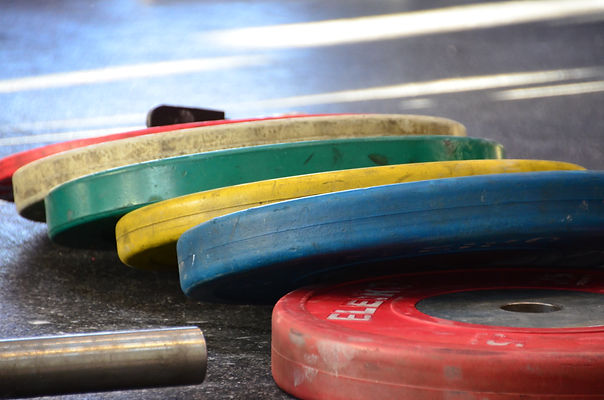I’ve been working with high level athletes for a little over 6 years now and I’ve realized that one of the most important factors in ensuring success for your athletes is setting the right tone in the training environment.
I’ve also realized that it’s something that is often overlooked in favor of the meat and potatoes of training (sets, reps, intensity etc). You wouldn’t serve a fancy meal on paper plates would you? Read on for some of my top ways to make sure you have a kick ass training environment.
Trust
First and foremost if you want your athletes to come to your gym and bust their assess day after day, week after week, year after year then you’re going to need them to trust you. Trusting your abilities to get them their desired results will come with time, but communicating the purpose and direction of your program will let them see you have their best interest in mind.
I always try to be mindful of being as transparent as possible with my clients. My athletes can ask me a question about any piece of their workout, or training process and I will let them know EXACTLY why we are performing it like that. The answer isn’t always profound, but not everything has a super secretive scientific meaning. Some workouts just need some hard work!
Let’s not forget that trust is a two-way street. Athletes know themselves and their bodies better than any strength coach will. If they “FEEL” like they need something modified in order to feel prepared for a competition then you had better damn well make sure that they are getting that piece! This can often be a tough pill to swallow. For instance if your athlete feels they need to do sets of 25 wide grip pull-ups and they are in the middle of a true power phase – these 2 components may not jive with each other. BUT for them the mental aspect of getting the things that they “need” in order to mentally be prepared are going to be much stronger than the physical adaptation that they may or may not hinder from the competition training stimuli.
Teach Don’t Preach
And I don’t mean just what degree you have. Educating your athletes will allow them to have a better understanding of why we make them do the things we make them do. “Because I said so” isn’t a good enough reason to ask someone to bust their ass for you. Tell your athletes what you expect from them, and why their program is structured the way it is. Once they know the whys and hows they’ll be more likely to chase the end result.
As soon as they hit the mat tell them straight up what you’re going to be doing that day and what you need from them. Let them know where they’re going to need to dig in, and where they’ll get a bit of a rest. Then if your athlete is feeling spent but knows the end is close, they’ll be more likely to give that last leg 110% leading to better end results. On top of that, tell them how they should be feeling, where they should feel certain movements and what parts they should be focused on.
And okay, we know you’re smart, there’s no need to vomit all of your fancy education all over a client. If there’s some literature you’ve read that relates, don’t spew out all the parts you’ve memorized. It’s a hell of a lot more time efficient if you just answer their question and suggest the piece for them to read on their own time. We’re here to sweat, not to discuss our school papers.
Getting Into the Zone
As the coach, you are in charge of setting the tone and creating the atmosphere to ensure your athletes will have a great training session.
An obvious first step is your jams. It’s not about what music you’re into (you can rock out to Dixie Chicks on your drive home), but about what music is going to drive the type of session you want for your athletes.

Think about what the athletes will be doing, and what kind of music will get them into the right mindset for those activities (KISS and ACDC for mobility and stretching? Probably not a good choice).
Don’t forget to use your “coach voice” and cueing to imitate the intensity that you expect from the athlete. The tone and words that we use can have a great effect on the outcome of the movement being performed. Throwing in a powerful “PUSSSSSSSHHH” or “FINNNNNISHHHH” when an athlete is grinding out a heavy squat can offer the motivation and drive to finish strong, while a sharp and poppy “SNAP” or “JUMP” lets them visualize and then perform a fast hang clean.
Tomorrow when you step onto your training floor try out some of these strategies and think about how you are developing trust, educating your athletes and setting the atmosphere for a positive and powerful training session.


Comments